|

|
MonDay a “good
steward of resources”
By Bob Robinson
DAYTON – The first-year recidivism rate for drug offenders at the
MonDay Community Correctional Institution from 2010 is 15.4 percent;
after the second year it climbed to 23.6 percent. From 2011 the first
year rate is 16.9 percent; the second year is not yet available.
Compare this to the American Psychological Association’s estimated
recidivism rate for drug offenders released from prison with no
treatment at 75 percent.
According to the director of the Dayton treatment facility, Michael
Flannery, the tightly structured program takes up to six months and
costs approximately $9,414. This translates to just under $19,000 a
year. A year in prison with no treatment costs on average $24,500.
MonDay is a locked treatment facility used by judges as an alternative
to prison for felons who have drug addiction problems which have likely
influenced their criminal behavior. “It’s a privilege to be here,”
Flannery said on March 4. “They aren’t just doing time; there are
expectations to be accomplished.”
The facility’s “bible” for those expectations is the Cognitive
Behavioral Therapy Program Resident Handbook. It is 80 pages long and
covers everything from a brief “Welcome” note from Flannery to a
detailed schedule beginning at 6 a.m. and wrapping up at 10 p.m.
Residents are expected to learn it and follow it. In addition to meals,
cleaning, inspection, medication calls and educational programs
(including GED), residents have a variety of activities, and individual
and group counseling sessions. According to Flannery the activities are
structured; “we want residents to be involved as much as possible.”
The goal is to help them take a look at their lives, learn how to make
better choices. “It’s okay to get angry,” Flannery said. “It’s not okay
to get angry and act out. The same goes with disappointment. We want
them to ‘become what they were meant to become’.”
He said the program is cost effective and it does an effective job.
Success rate is good; almost identical with similar facilities
throughout the state. More than 15 services offered by MonDay include
substance abuse treatment, anger management, psychiatric, pastoral and
more.
“We are a good steward of the resources,” he said. “Our residents are
in a much better position here to succeed.” He added, however,
continued care is essential. The probation department links in with
resources when residents leave. “The more we can do to provide
residents with opportunities, the more we’ll reduce the likelihood of a
relapse.” He listed potential challenges to successful treatment as
attitudes and beliefs, association, education and employment, family
and neighborhood.
While at MonDay residents basically learn (or relearn) proper behavior.
The Resident Handbook lists four levels of violations from use of
profanity or talking during quiet time (Level 1) to physical assault,
aggressive behavior or wrestling (Level 4). Consequences can be the 24
hour loss of a single privilege or four hour loss of free time (Level
1) to a seven day restriction or review for unsuccessful termination
(Level 4).
Out of 265 residents in 2014 (year to date), 59 residents were
terminated as unsuccessful. However, less than half of those (26) were
due to discipline. Some were for medical or clinical reasons and some
were by request. Flannery said a resident can request to leave at any
time. The offender will then return to court for alternative sentencing.
In order to graduate residents complete a four phase program. The first
is the Orientation Phase. Ten steps are required to complete it, from
developing an individual treatment plan to passing the orientation
phase test. During this phase the only special privilege a resident has
is one telephone call from his/her clinician’s office. Phase I includes
seven steps and allows additional privileges such as access to resident
phones and one visitation a week. Phases II and III require higher
level steps with corresponding addition of privileges. Applications
have to be completed for each phase, and for graduation.
The MonDay program is funded for 200 residents. It currently has a
population of 211, and had 215 in 2013. The male to female ratio is
approximately 2 to 1. In 2013 Darke County had 18 admissions; 13 male
and five female. Thirteen (nine male and four female) were successful.
So far in 2014 Darke County has had 20 admissions; 13 male and seven
female. Six were successful, one was unsuccessful due to medical
reasons and 13 are still in residence.
Next week: An Eaton resident with a BA in communications, in MonDay due
to a heroin addiction, wants to return after graduation… this time to
help.
Published courtesy
of The Early Bird
|
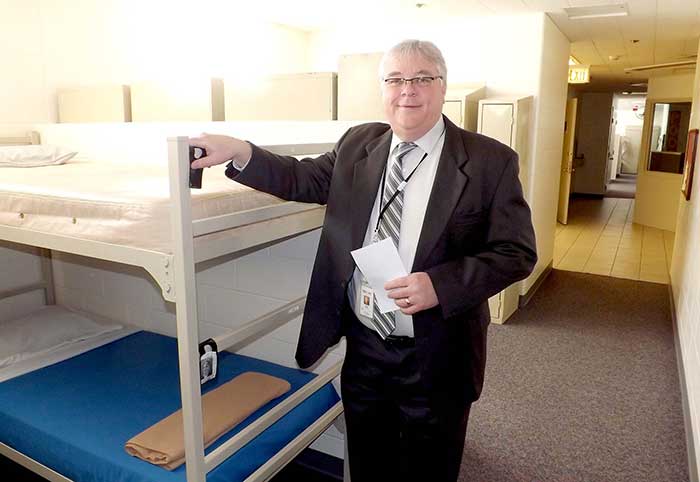
|
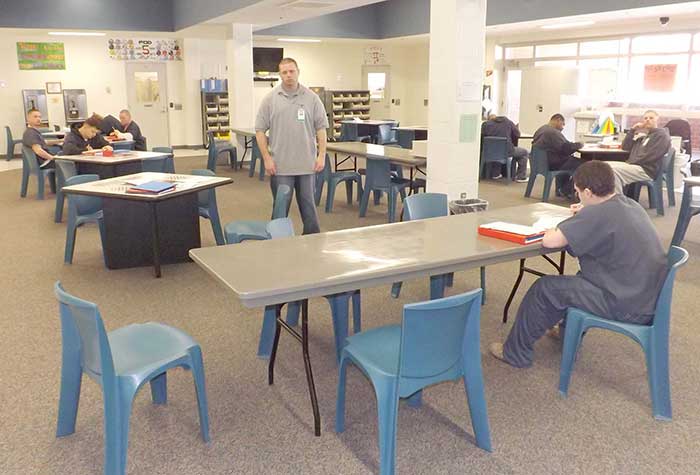
|
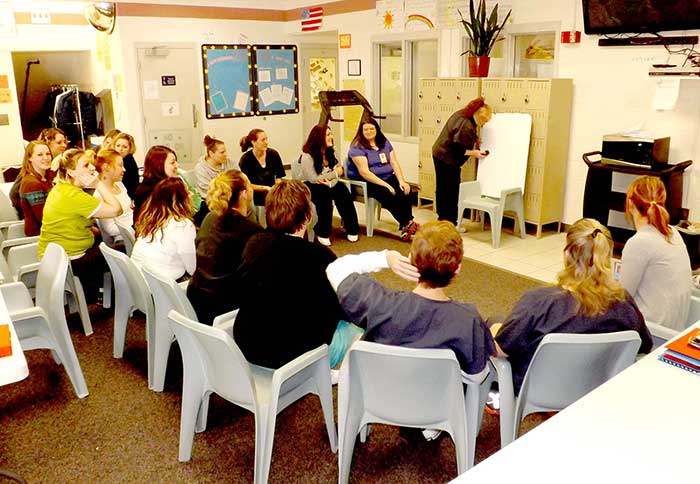
|
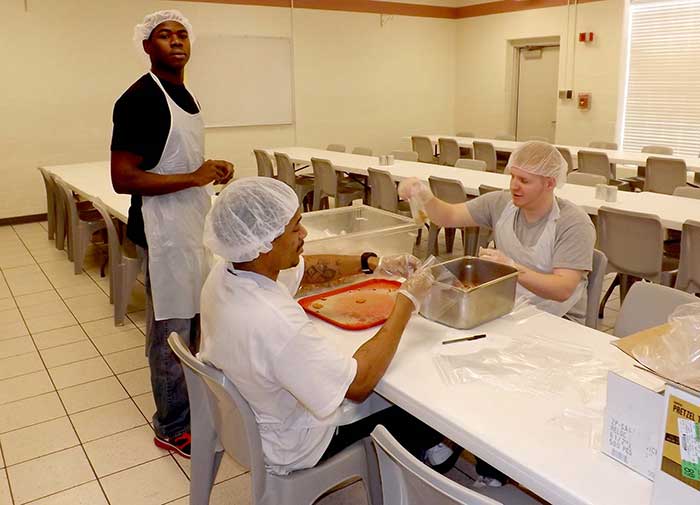
|
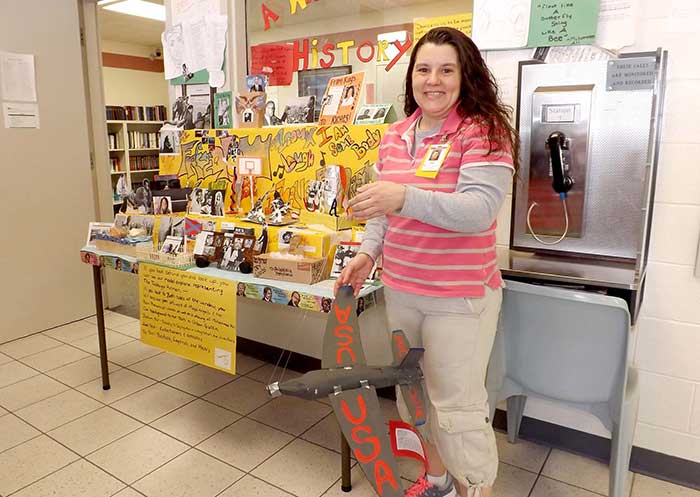
|
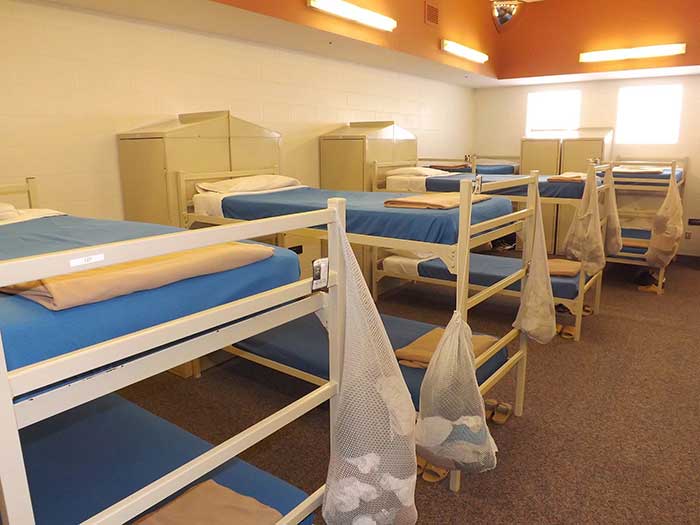
|
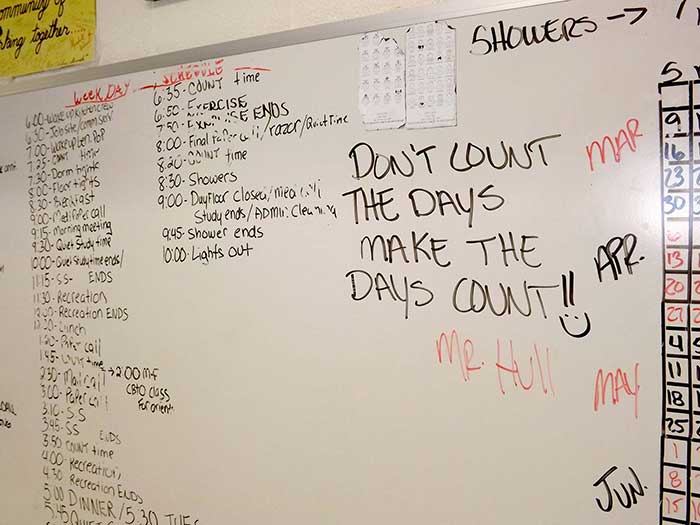
|
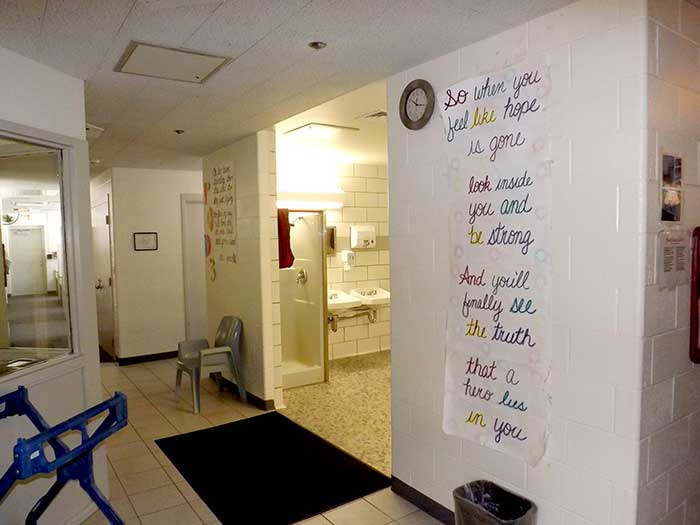
|
|
|
|

